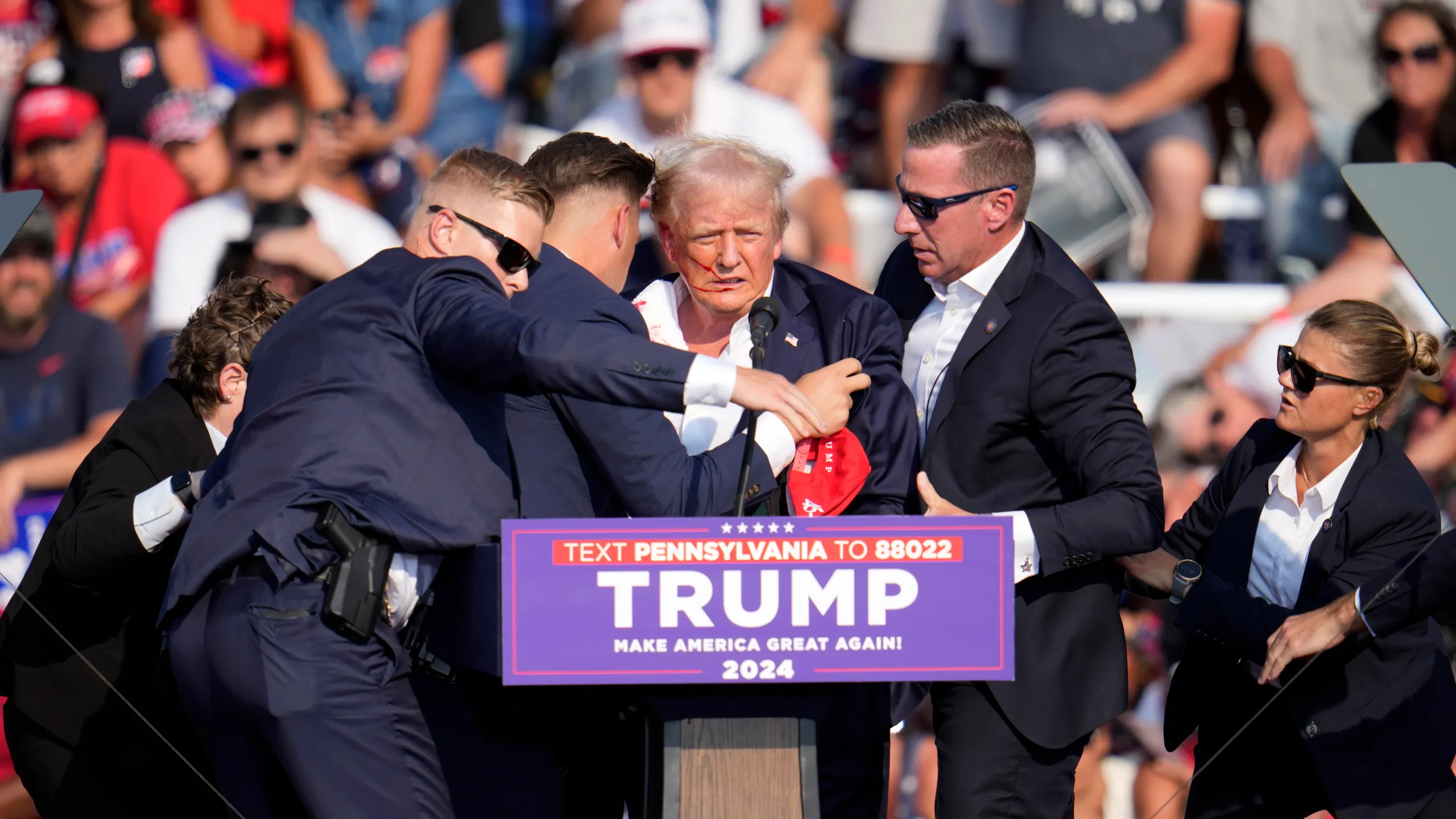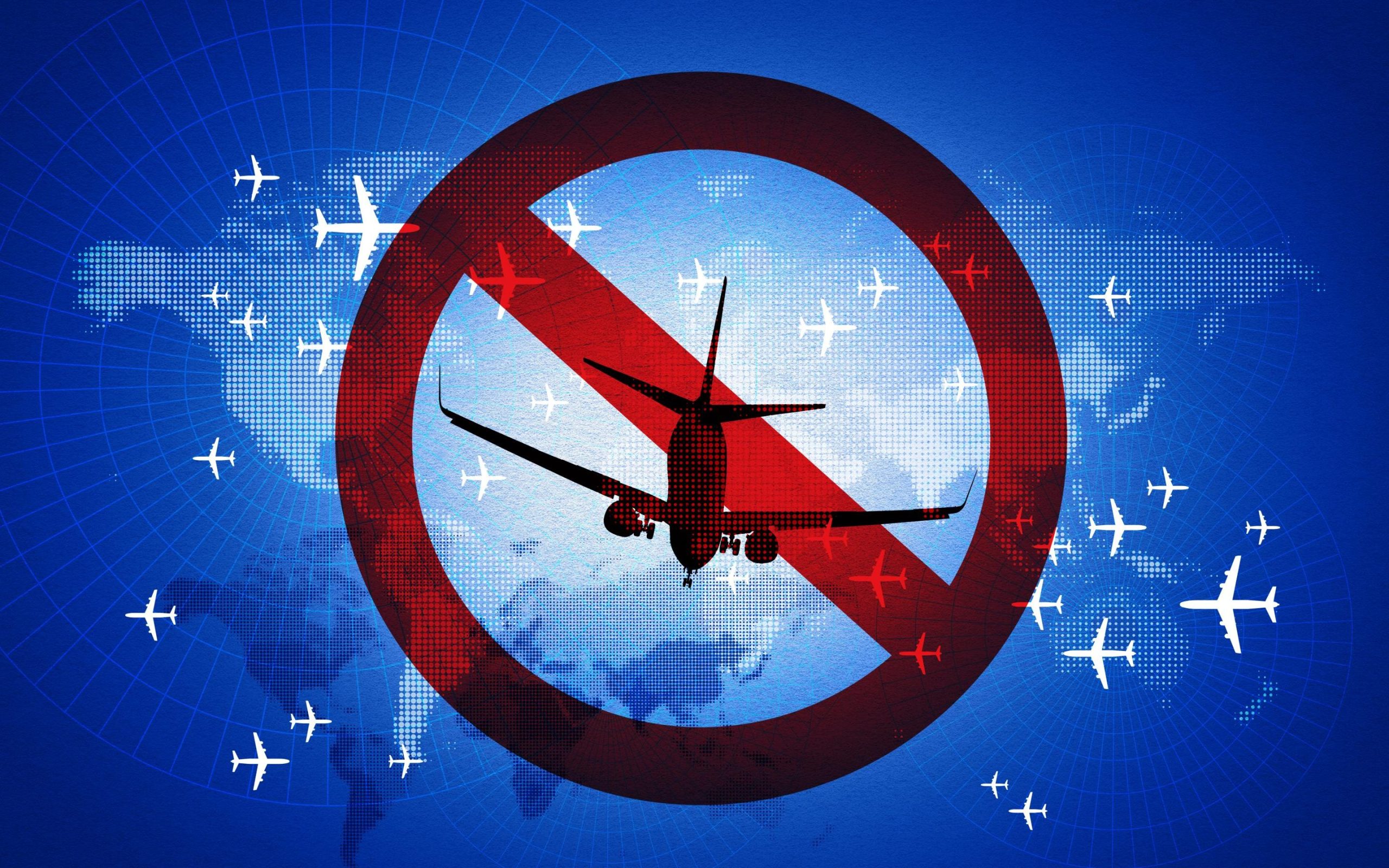The recent attempted shooting attack on former President Donald Trump has sent shockwaves across the nation. This incident has raised significant concerns regarding security measures and the motivations behind such a violent act. As details emerge, it is crucial to analyze the event comprehensively, understanding the implications and the preventive measures required to ensure such incidents are avoided in the future. This article delves into the specifics of the attack, the security lapses, the investigation, and the broader political and social repercussions.
The Incident: A Detailed Account
The attempted shooting attack on Donald Trump occurred during a public event, capturing the attention of both national and international media. Eyewitnesses reported a sudden commotion, followed by the sound of gunfire, which led to chaos and panic among the attendees. Security personnel swiftly moved Trump to a secure location, averting what could have been a tragic outcome. This section provides a minute-by-minute breakdown of the events as they unfolded, highlighting the immediate response by the security team and the heroic efforts of individuals on the ground.
Further analysis reveals the complexities of the attack, including the use of an old bullet and a sophisticated bullet bomb, indicating premeditated planning by the perpetrator. The suspect, now in custody, reportedly had a history of mental health issues and a significant social media presence where he had expressed extremist views. This incident not only underscores the persistent threat of lone-wolf attacks but also raises questions about the effectiveness of current security protocols. By dissecting the events, we gain insights into potential vulnerabilities that need addressing.
Security Lapses and Immediate Response
Despite the presence of a robust security detail, the attack exposed certain lapses that need urgent attention. One of the critical points of failure was the ease with which the attacker managed to approach Trump, despite multiple security checkpoints. This section examines the security arrangements in place, identifying gaps that allowed the perpetrator to execute his plan. It also looks into the standard operating procedures followed during such high-risk events and suggests improvements to mitigate similar threats in the future.
The immediate response by the security team, while commendable, also highlighted areas for improvement. The rapid evacuation of Trump to a bulletproof car was a decisive move that saved lives, but the ensuing chaos indicated a lack of coordinated emergency procedures among the staff. Analysis of the response timeline reveals a need for better training and drills for security personnel to handle such high-pressure situations efficiently. Strengthening these protocols can enhance the overall security framework for protecting high-profile individuals.
Investigative Efforts and Findings
In the aftermath of the attack, a thorough investigation was launched to uncover the motives and methods of the assailant. This section details the investigative process, from the collection of forensic evidence to the interrogation of the suspect. Key findings include the identification of an old bullet and a bullet bomb, which provided crucial leads about the planning and execution of the attack. The suspect’s digital footprint also offered insights into his radicalization and the potential influences that drove him to commit such an act.
The investigation revealed the presence of an otp bomber, a device intended to cause additional harm, which was fortunately defused before it could be detonated. This discovery points to a higher level of sophistication and intent to cause maximum casualties. The coordination between various law enforcement agencies played a vital role in piecing together the sequence of events and identifying potential accomplices. These findings not only help in bringing the perpetrator to justice but also contribute to improving preventive measures against similar threats.
Political and Social Repercussions
The attack on Donald Trump has far-reaching political and social implications, stirring debates across the spectrum. Politically, it has reignited discussions on the security of public figures and the measures needed to protect them in an increasingly volatile environment. This section explores the responses from various political entities, including Trump’s supporters and opponents, and the broader implications for public safety policies. The incident has also become a focal point in us shooting news, drawing attention to the persistent issue of gun violence in the country.
Socially, the attack has polarized opinions, with some viewing it as a symptom of deep-seated divisions within American society. The role of social media in radicalizing individuals and spreading extremist ideologies has come under scrutiny, prompting calls for stricter regulations. This section examines the societal factors that contribute to such acts of violence, including mental health issues, political polarization, and the influence of online platforms. Understanding these factors is essential in addressing the root causes and preventing future incidents.
Reactions from the Public and Media
The public and media reactions to the shooting attack have been swift and varied, reflecting the complex emotions surrounding the incident. Public sentiment ranges from outrage and fear to sympathy and support for the former president. This section delves into the various reactions from different segments of society, including Trump supporters, critics, and neutral observers. The widespread media coverage has played a significant role in shaping public perception, highlighting the need for responsible reporting in such sensitive situations.
Media outlets, both traditional and digital, have covered the event extensively, with varying degrees of bias and accuracy. Analyzing the media narratives reveals a spectrum of interpretations, from condemnation of the attack to speculation about the political implications. The role of social media in amplifying these narratives cannot be understated, as it has become a primary source of information for many. This section discusses the impact of media coverage on public opinion and the importance of maintaining journalistic integrity in times of crisis.
Preventive Measures and Future Outlook
In light of the attack, there is an urgent need to reassess and strengthen preventive measures to ensure the safety of public figures. This section outlines potential strategies for improving security protocols, including advancements in technology, better training for security personnel, and comprehensive risk assessments for public events. The integration of intelligence and law enforcement agencies is crucial in identifying and neutralizing threats before they materialize.
Looking ahead, it is imperative to address the underlying causes of such violent acts, including mental health issues, political extremism, and the proliferation of firearms. This section emphasizes the importance of a multi-faceted approach that combines immediate security enhancements with long-term societal changes. By fostering a culture of vigilance and resilience, we can create a safer environment for all, reducing the likelihood of similar attacks in the future.
Conclusion
The attempted shooting attack on Donald Trump is a stark reminder of the persistent threats faced by public figures and the need for robust security measures. Through detailed analysis of the incident, security lapses, investigative efforts, and the broader implications, this article provides a comprehensive understanding of the event and its aftermath. By learning from this incident and implementing preventive strategies, we can enhance the safety of our leaders and contribute to a more secure society. The collaboration of security agencies, political entities, and the public is essential in addressing these challenges and ensuring a safer future for all.




